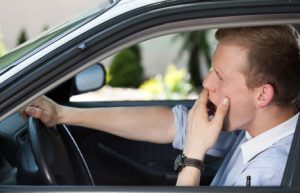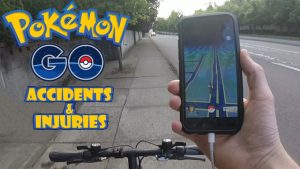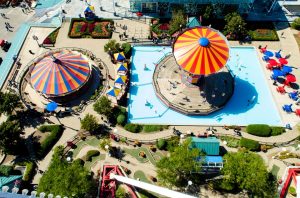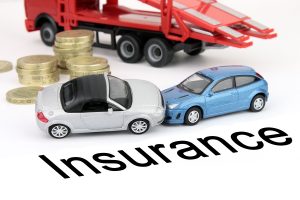 Courtesy of iii.org
Courtesy of iii.org
Research shows that fatigue is a significant factor in motor vehicle, commercial trucking and rail collisions.
- The Governors Highway Safety Association issued a report, http://www.ghsa.org/html/media/pressreleases/2016/20160808sfdrowsy.html in August 2016 concluding that the estimated annual societal cost of fatigue-related fatal and injury crashes was $109 billion. This figure does not include property damage.
- A 2014 AAA Traffic Safety Foundation study, https://www.aaafoundation.org/drowsy-driving found that 37 percent of drivers report having fallen asleep behind the wheel at some point in their lives. An estimated 21 percent of fatal crashes, 13 percent of crashes resulting in severe injury and 6 percent of all crashes, involve a drowsy driver.
- According to National Highway Traffic Safety Administration (NHTSA) research, http://www.nhtsa.gov/Driving+Safety/Drowsy+Driving/scope-of-the-problem, in 2014 there were 846 fatalities (2.6 percent of all fatalities) that were drowsy-driving-related.
- These reported fatalities (and drowsy-driving crashes overall) have remained largely consistent across the past decade. Between 2005 and 2009 there was an estimated average of 83,000 crashes each year related to drowsy driving. This annual average includes almost 886 fatal crashes (2.5 percent of all fatal crashes), an estimated 37,000 injury crashes, and an estimated 45,000 property damage only crashes.
- A 2013, https://www.fra.dot.gov/eLib/details/L04320 by the Federal Rail Administration found that fatigue greatly increases the chances of an accident in which human factors play a role, with the risk of such an accident rising from 11 percent to 65 percent.
- Although sleepiness can affect all types of crashes during the entire day and night, drowsy-driving crashes most frequently occur between midnight and 6 a.m., or in the late-afternoon, according to NHTSA, http://www.nhtsa.gov/Driving%20Safety/Drowsy%20Driving/crashes-and-fatalities.
- The NHTSA found that many drowsy-driving crashes involve a single vehicle, with no passengers besides the driver, running off the road at a high rate of speed with no evidence of braking.



